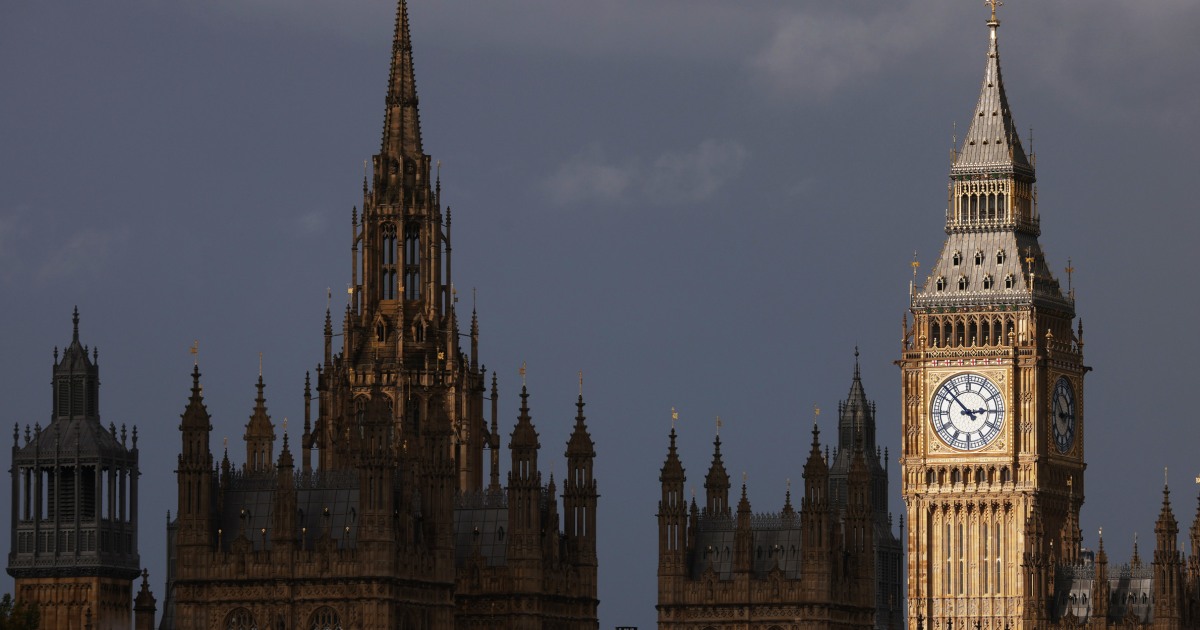The British Parliament Building is an architectural masterpiece, a UNESCO World Heritage Site, visited by 1 million people a year. It’s also a crumbling, leaking and asbestos-ridden building with a «real and increasing» risk of destruction, lawmakers said Wednesday.
In a lurid report, the House of Commons Public Accounts Committee said the headquarters of British democracy is «leaky, falling masonry and a constant fire risk» as well as being littered with asbestos.
“There is a real and growing risk that a catastrophic event will destroy” the building before long-overdue restoration work is completed, the committee said.
In the most urgent of a series of warnings stretching back years, the committee said renovation work had been painfully slow and mostly amounted to «repairing» the 19th-century building, at a cost of about $2.5 million per week.
The committee criticized «years of procrastination» over the future of the parliamentary complex, known as the Palace of Westminster.
In 2018, after years of doubt, lawmakers voted to move to the mid-2020s to allow for several years of major repairs. The decision has since been challenged by lawmakers who don’t want to go; last year the body created to oversee the Parliament project was eliminated.
Meanwhile, the building becomes more decrepit. The roof leaks, century-old steam pipes burst, and occasionally chunks of masonry collapse. The mechanical and electrical systems were last updated in the 1940s.
There is so much asbestos that removing it «could require up to 300 people to work for two and a half years while the site is not in use,» the House of Commons committee said.
And there is a constant threat of fire. The committee said there have been 44 «fire incidents» in Parliament since 2016, and guards are now on 24-hour patrol.
However, lawmakers have been reluctant to give the green light to a more ambitious restoration plan. Some worry the public will resent the multi-billion pound price tag at a time when many people are struggling to make ends meet. Traditionalists are also reluctant to move from the historic building with its subsidized restaurants and riverside terrace with magnificent views of the Thames.
The committee said that «the cost of renewal will be high, but further delay is enormously costly to the taxpayer: inaction is not profitable.»
Opposition Labor Party lawmaker Meg Hillier, who chairs the committee, said there was a «real risk that the entire building will be destroyed by a catastrophic incident before the work is finished, or perhaps even started.»
The committee demanded that politicians and parliamentary authorities set out «a clear indication of the cost and timetable for carrying out this massive work before it is too late to do so.»
Parliamentary authorities said they were «starting work throughout the parliamentary compound to ensure the safety of those who work and visit here,» with dozens of repair and restoration projects already underway.
Officials said they are «planning the large and complex restoration of the Palace of Westminster to preserve it for future generations,» and members of the House of Commons and House of Lords are expected to vote on the way forward in late of this year.
History has a warning for the occupants of Parliament. The current building, designed by architect Charles Barry in the Gothic Revival style, was built after its predecessor was destroyed by fire in 1834.

